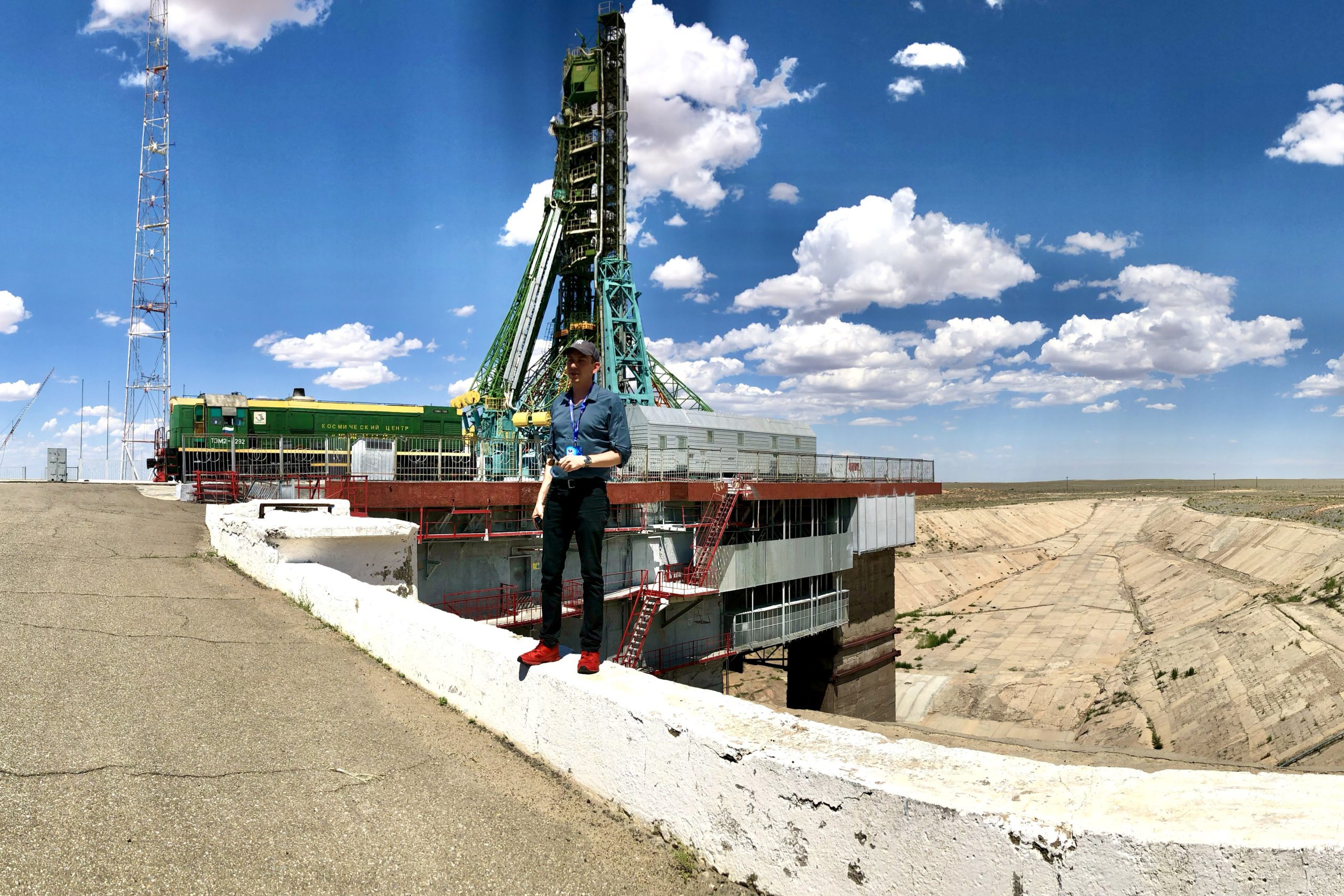Thanks to management at Roscosmos for providing incredibly access to me and team to the facilities at Baikonur Cosmodrome, and for hosting us during our short stay in June, 2019.
















The Legacy of Baikonur Cosmodrome: Gateway to the Cosmos
At the heart of human space exploration lies the Baikonur Cosmodrome, a place of both historical importance and technological marvel. Since its inception, Baikonur has been synonymous with milestones in space travel and a symbol of the progress yielded by international cooperation.
Historical Significance
The Baikonur Cosmodrome holds a prestigious place in space exploration history. It is the world’s first and largest operational space launch facility, situated in Kazakhstan, but leased by Russia. It was from Baikonur that humanity first reached into space, launching both the first satellite, Sputnik, and the first human, Yuri Gagarin, into orbit.
This launch site, originally constructed in secrecy, quickly became the grounding point for Soviet space achievement during the space race of the Cold War era. It has served as the originating point for many pioneering missions, including the first planetary exploration endeavors that eventually led to the triumphs of space-faring programs from countries around the globe. The historical tapestry of Baikonur includes countless contributions to our understanding and exploration of space.
Technological Prowess
Technologically, Baikonur Cosmodrome is an emblem of human ingenuity. The facility encompasses multiple launch complexes for a variety of vehicles, supporting an array of missions from satellite deployment to interplanetary exploration. It is the birthplace of technologies that have pushed the bounds of what is possible, fostering innovations like the Soyuz spacecraft, which is widely regarded for its reliability and endurance, having been updated continuously since its first flight in 1966.
Furthermore, Baikonur played a significant role in the construction of the International Space Station (ISS), serving as the starting point for numerous modules and countless supply missions. The cosmodrome has also been a rallying point for international cooperation in space. Following the dissolution of the Soviet Union, the Russian space program has worked closely with international partners, such as NASA and the European Space Agency, to continue scientific exploration and maintain a human presence on the ISS.
A Testament to International Cooperation
Baikonur’s importance transcends the technological; it is a tangible testament to international cooperation. Space exploration, once a competition between rival superpowers, has evolved into a collaborative effort where the international community comes together in the spirit of discovery. Baikonur has been a steady platform for these partnerships, hastening the exchange of ideas, and fostering goodwill among nations.
The collaboration at Baikonur Cosmodrome remarkably reflects the bigger picture of space exploration—as a human endeavor that transcends boundaries, unites diverse people behind common goals, and constantly reminds us of the wonders beyond our world that await our collective curiosity and courage.
Its place in history, the science launched from its platforms, and the international efforts it encourages make Baikonur Cosmodrome not just a site of past triumphs, but a beacon for future endeavors, a living testament to what humanity can achieve when united by a shared vision of reaching for the stars.
